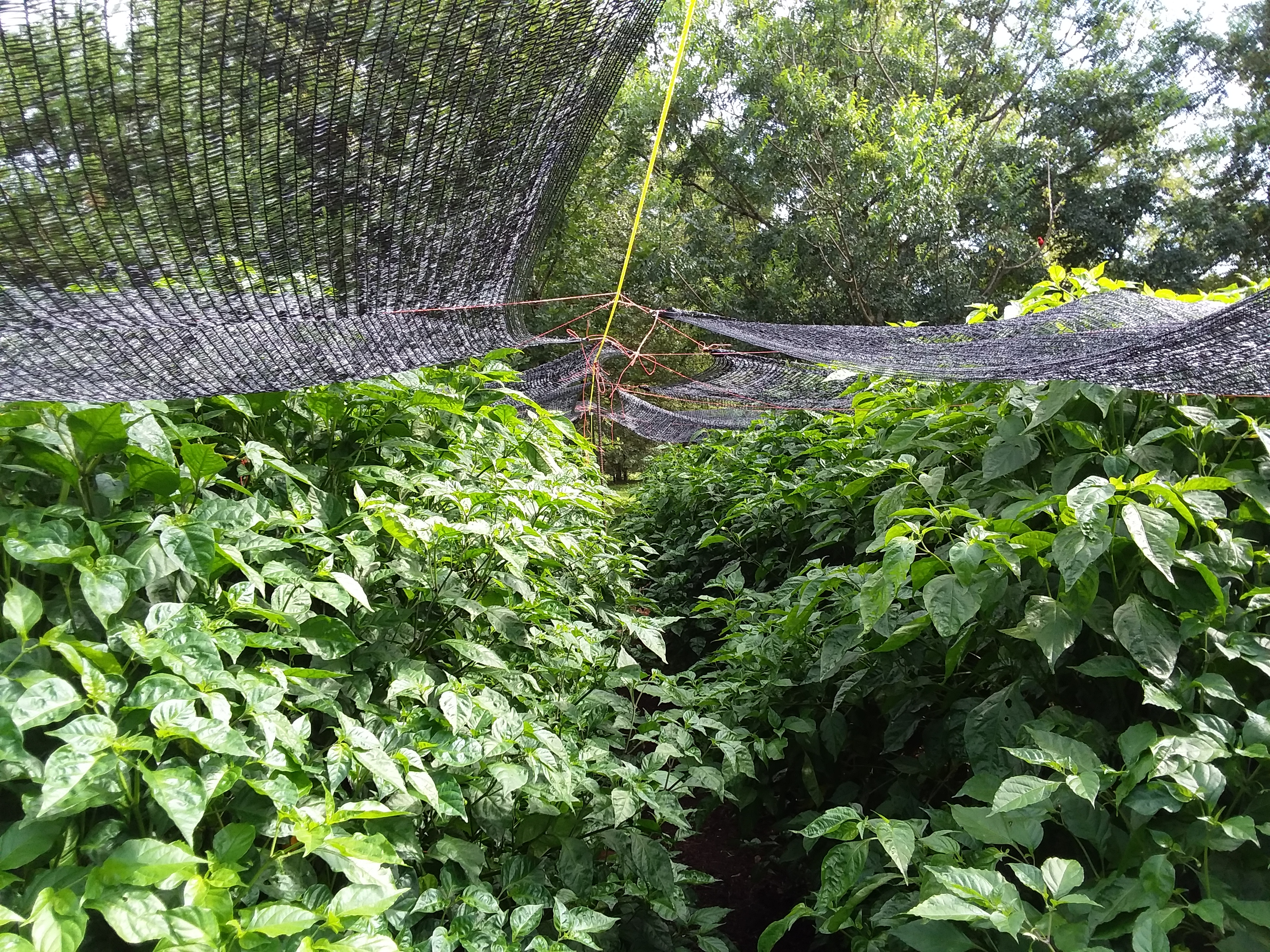Newb here still asking dumb questions. Thanks for your patience.
My megahots (Ghost Peppers, Reapers, Chocolate and Red Habaneros, Scotch Bonnet) were planted in mid-April and are close to harvest. The plants themselves are very bushy and doing well after a rough start.
My question is, do the fruits need sunlight themselves to turn color? I ask because I see a large number of full sized peppers underneath the "canopy" of the plant and they have not turned their respective colors (red, white, brown, yellow) yet, they are still bright green. Meaning, would I ever "thin out" the leaves so as to let sunlight filter down to the stalks in order to finish the ripening?
Thanks for any information you can provide, or any other perspective!
My megahots (Ghost Peppers, Reapers, Chocolate and Red Habaneros, Scotch Bonnet) were planted in mid-April and are close to harvest. The plants themselves are very bushy and doing well after a rough start.
My question is, do the fruits need sunlight themselves to turn color? I ask because I see a large number of full sized peppers underneath the "canopy" of the plant and they have not turned their respective colors (red, white, brown, yellow) yet, they are still bright green. Meaning, would I ever "thin out" the leaves so as to let sunlight filter down to the stalks in order to finish the ripening?
Thanks for any information you can provide, or any other perspective!



